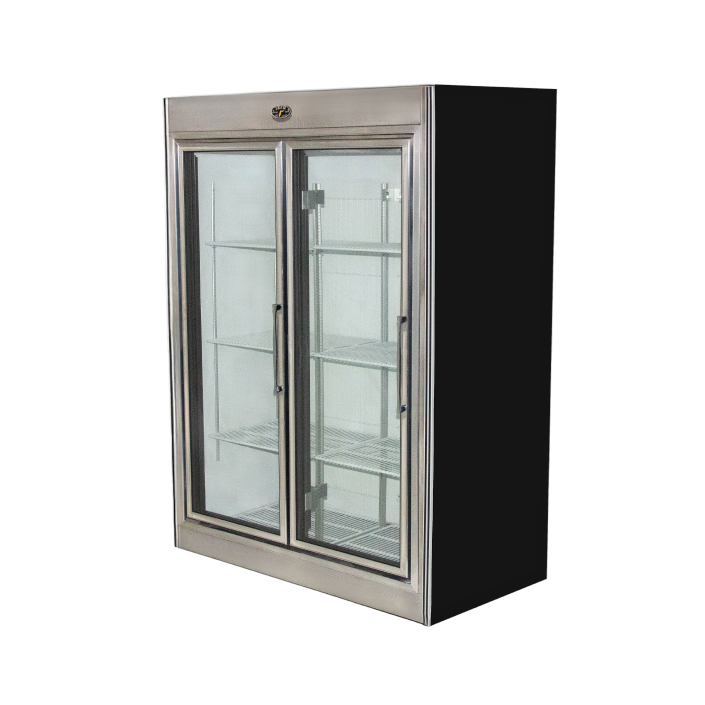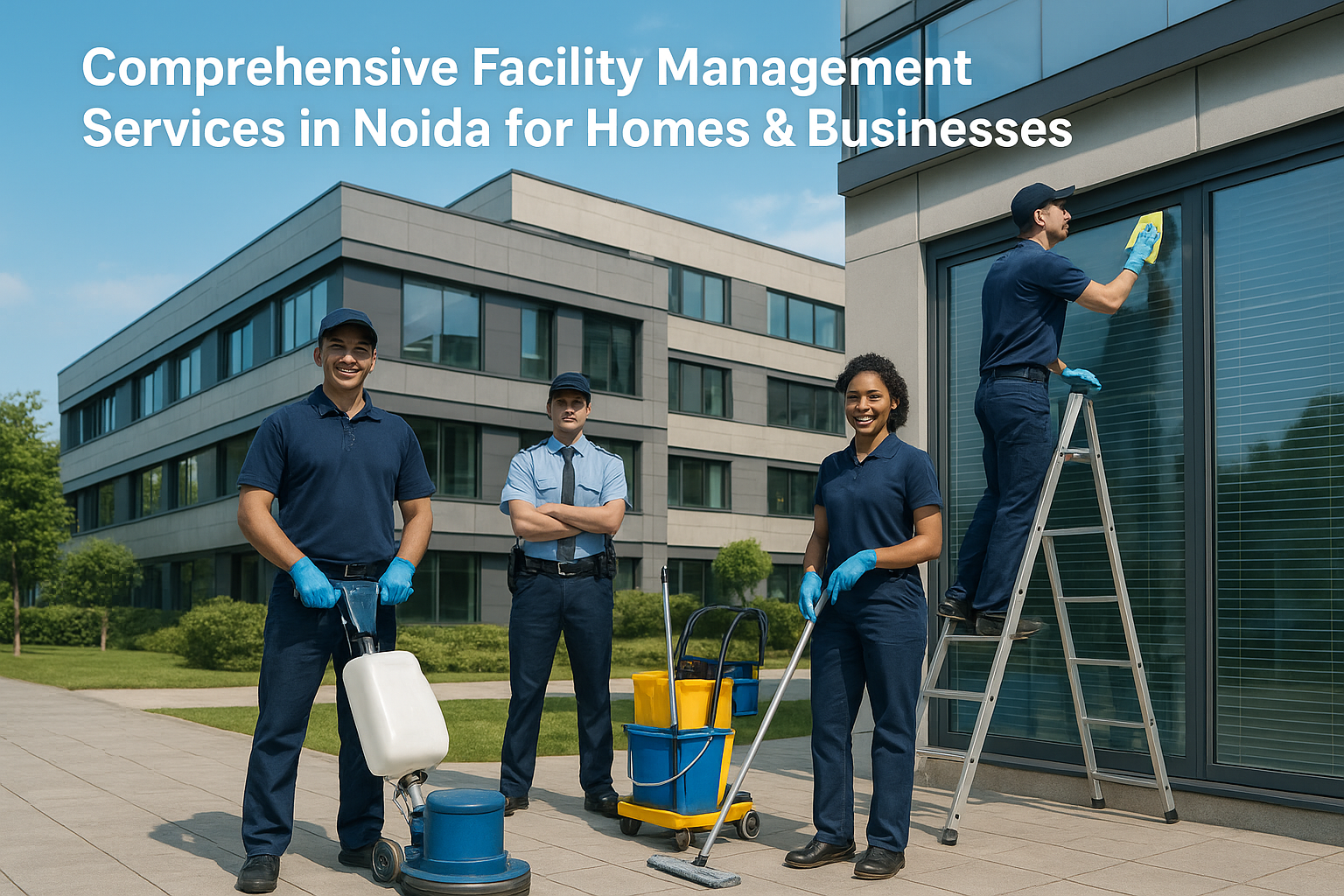Simple Fixes and Maintenance Hacks for Low-Temp Freezers
Low-temp freezers, also known as ultra-low or ULT freezers, are crucial cold storage units for maintaining items at extremely low temperatures. These are included to reserve medical samples, research materials, or even commercial products etc. These units are often expensive and sensitive, so proper care pays off.
When they’re not properly cared for, issues such as frost buildup, dirty coils, worn seals, and overloaded interiors can cause them to work harder, fail sooner, or even worse. However, with routine care and maintenance, you can prevent many of the common problems.
If you are looking to discover the practical maintenance hacks and troubleshooting tips to help you avoid downtime, wasted samples, high energy bills, or surprise repairs, once you read this brief post, you will be able to do so.
What insights will you gain:
- Easy tips for refrigeration unit maintenance
- Quick troubleshooting methods to resolve the standard freezer issues
- When to call a professional technician
Crucial Maintenance Hacks for Reliable Low-Temp Freezers Performance
Keeping your low-temp refrigeration units in top condition doesn’t have to be complicated. Simple upkeep practices go a long way in keeping your freezer reliable.
Regular cleaning, proper placement, and timely inspections ensure your freezer operates efficiently and protects the contents stored inside. Follow the tips mentioned below to extend your freezer’s life and performance significantly:
Check Location and Environment
- Leave enough airflow space around the sides and top of the freezer.
- Keep it away from heat sources like direct sunlight or vents.
- Ensure the room temperature stays within the freezer’s operating range; high humidity or heat can cause the compressor to overwork.
Clean Condenser Coils and Filters
- Coils and filters become covered with dust and debris, which decreases efficiency.
- Check monthly (in dusty areas in particular) and clean after 1-3 months.
- Wipe or brush off dust with a vacuum or soft brush– do not bend the fins.
- After cleaning, be sure that airflow is restored.
Check and Clean Door Gaskets (Seals)
- Inspect for cracks, dirt, and frost on seals that allow warm air to enter.
- Wipe off gaskets with a light cloth and warm water every month.
- Use the “dollar bill test” — close the door on a bill; if it slides out easily, replace the gasket.
- Don’t force the door closed when ice builds up — it can damage seals.
Control Frost and Ice Buildup
- Frost can restrict space and airflow, impacting efficiency.
- When frost has built up heavily, defrost the freezer safely.
- Move contents as needed to facilitate a secondary unit.
- Unplug the freezer, leave the doors open, and allow the frost to melt on its own.
- Wipe and dry the interior before restarting
- Never use sharp tools to remove ice; they can puncture cooling lines.
- Minimize opening doors to prevent warm air from entering.
- Never use sharp tools to remove ice; they can puncture cooling lines.
- Minimize door openings to prevent warm air from entering.
Organize Your Freezer and Load it Evenly.
- Do not overfill the freezing unit, as this will block air circulation and lead to uneven cooling.
- Label things and place them in a convenient place.
- Keep the load balanced – an empty freezer may vary in temperature more readily.
Check Temperature, Alarms, and Performance
- Record the temperature inside every several hours with a good thermometer or a data logger.
- React quickly to the temperature or door-open warning.
- Unusual noises, constant compressor operation, or temperature fluctuations indicate early trouble.
Stay Prepared with Power and Backup Solutions
- Plug into a dedicated, stable power source, and avoid extensions or fluctuating voltage.
- If possible, connect to backup power or emergency systems.
- Keep a transfer plan ready for emergencies or power outages.
Schedule Professional Maintenance
- Fix a professional inspection at least once or twice a year.
- Professionals can detect refrigerant leaks, motor wear, or system inefficiencies early.
- Maintain a service log to track cleaning dates, issues, and inspections.
Some Quick Tips for Fixing Common Freezer Issues
Even with proper preventive maintenance, commercial low-temp freezers may encounter minor issues over time. Knowing what to look for and having quick solutions, you can save time and money, thereby avoiding some severe problems.
In this section, you will learn how to identify and resolve common freezer problems before they become serious. Let’s take a closer look:
Temperature Slowly Drifting Upward
Possible Causes:
- Leaky or damaged door gasket.
- Dust-clogged condenser coils.
- Overloaded freezer or too many door openings.
Quick Fixes:
- Inspect and clean gaskets.
- Clean condenser coils and filters.
- Reduce door openings and reorganize contents for airflow.
Heavy Frost Buildup on Walls or Door
Possible Causes:
- Warm air is entering through frequent door use.
- Damaged or dirty gasket seals.
- Place the freezer near warm air vents or humid areas.
Quick Fixes:
- Clean gaskets and check for proper seal.
- Move the freezer away from vents or heat sources.
- Defrost the unit safely to remove ice.
Compressor Running Constantly or Making Noise
Possible Causes:
- Poor ventilation or blocked airflow.
- Dirty coils or filters.
- High ambient temperature.
- Power supply issues.
Quick Fixes:
- Check surrounding clearance and airflow.
- Clean coils and ensure the room stays cool.
- Check voltage stability or use a surge protector.
Door Not Closing or Latch Feels Weak
Possible Causes:
- Ice buildup around the gasket.
- Bent latch or hinge.
- Worn or cracked gasket.
Quick Fixes:
- Defrost to clear ice buildup.
- Inspect and realign latch/hinges.
- Replace the gasket if necessary.
When to Call a Professional?
Even with regular maintenance, some cold unit issues go beyond what basic care can fix. Knowing when to bring in a qualified technician helps prevent major breakdowns and protects your investment.
If your low-temperature refrigerator shows any of the signs below, it’s best to call a professional rather than attempting to repair it yourself. For example:
Indications you will notice:
- Frequent alarms or temperature fluctuations that don’t resolve after basic checks.
- Unusual noises, vibrations, or the compressor running nonstop.
- Refrigerant leaks, or ice that keeps building up even after you have cleaned and defrosted.
- Electrical problems, a flickering display, or a tripped breaker.
- The door or the gasket that continues to give you trouble, even if you have cleaned or adjusted it.
Why professional help matters:
- A technician is equipped with the necessary tools and skills and can very quickly pinpoint the actual cause.
- Additionally, they can perform refrigerant and electrical repairs that involve risk safely.
- Regularly servicing your freezer not only prolongs its lifespan but also keeps it energy-efficient.
- If you contact them early, you will be able to avoid costly damages and loss of products.
Bottom Line
Taking care of your low-temp freezers doesn’t have to be a difficult task. Even small, routine maintenance efforts can significantly enhance their performance, dependability, and longevity. Regular cleaning, organized storage, and addressing minor problems promptly can help keep your units running effectively for a long time.
If you follow the simple maintenance and troubleshooting tips provided here, you will be able to reduce energy costs, minimize downtime, and keep valuable stored items safe.
However, if an issue seems to be too complex for a quick resolution, then by all means give an expert a call. Investing a little time in care today means performance stability and peace of mind tomorrow.




Leave a Reply